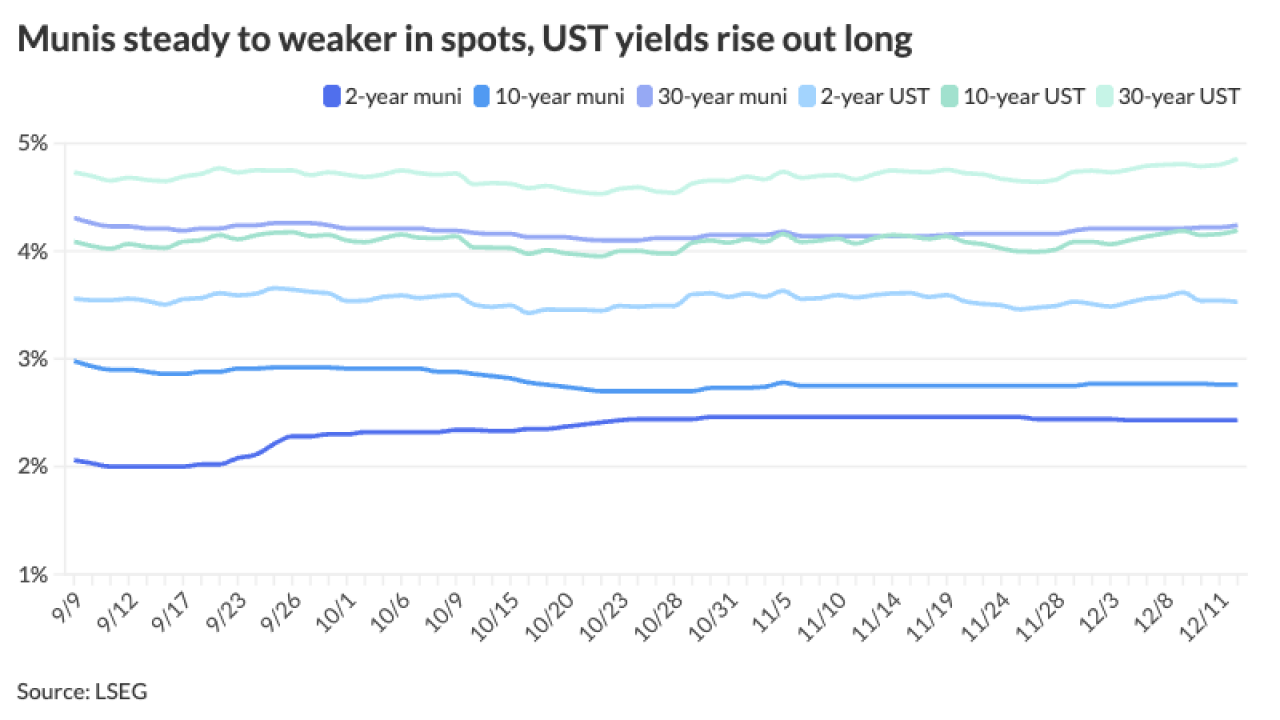Texas began its 2021 fiscal year on Sept. 1 with the prospect of $1 billion of budget cuts amid lost revenue due to the coronavirus pandemic, but the shortfall for the fiscal year that ended Aug. 31 was not as bad as expected, according to state Comptroller Glenn Hegar.
“Yearly revenues were slightly ahead of our projections in the revised
“Those July gains, however, were largely reversed in August, bringing actual collections closer to, but still ahead of, our estimate,” he said.

General revenue-related proceeds for fiscal 2020 totaled $56.98 billion, down 1.5% from fiscal 2019, while all funds tax collections were $57.38 billion, down 3.4% from fiscal 2019.
Sales tax, which makes up 59% of state revenue was $34.10 billion, up 0.2% from fiscal 2019.
Motor vehicle sales and rental tax revenue fell 3.9% to $4.8 billion from fiscal 2019.
Franchise tax revenue levied on businesses in the state was $4.42 billion, up 4.8% from fiscal 2019.
Oil production tax revenue fell 16.9% in a collapsing market, to $3.23 billion.
Natural gas production tax revenue was $925 million, down 45% from fiscal 2019.
The Economic Stabilization Fund (ESF) and State Highway Fund (SHF) both receive funding from oil and natural gas severance taxes. In November, the comptroller’s office will deposit $1.13 billion in each of those funds, down from the $1.67 billion deposited in each fund in November 2019.
In the month, Hegar said, state sales tax revenue totaled $2.82 billion in August, 5.6% less than in August 2019.
The majority of August sales tax revenue is based on sales made in July and remitted to the agency in August. Rising COVID-19 infection rates in July likely suppressed economic activity, he said.
“State sales tax collections from all major sectors other than retail trade declined significantly from year ago levels, with the largest declines in the oil- and gas-related sectors,” Hegar said.
“Collections from retail trade were up, as increased consumer spending on home improvements, home entertainment, distance learning and outdoor recreation in response to the COVID-19 pandemic spurred higher remittances from building materials, home furnishing, electronics and appliance, and sporting goods retailers.
“Retail trade tax collections were also boosted by online out-of-state vendors and marketplace providers who did not have tax collection obligations a year ago,” he added. “Tax remittances from the information sector were depressed, as federal law in July began prohibiting sales taxation of internet service.
“Consumer spending was supported in July by enhanced federal benefits, which have since been reduced or expired. Consequently, further declines in sales tax revenue may ensue in the coming months.”
Total sales tax revenue for the three months ending in August was down 2.7% compared to the same period a year ago. Sales tax is the largest source of state funding for its budget, accounting for 59% of all tax collections. The effects of the economic slowdown and low oil prices were evident in other sources of revenue in August 2020.





